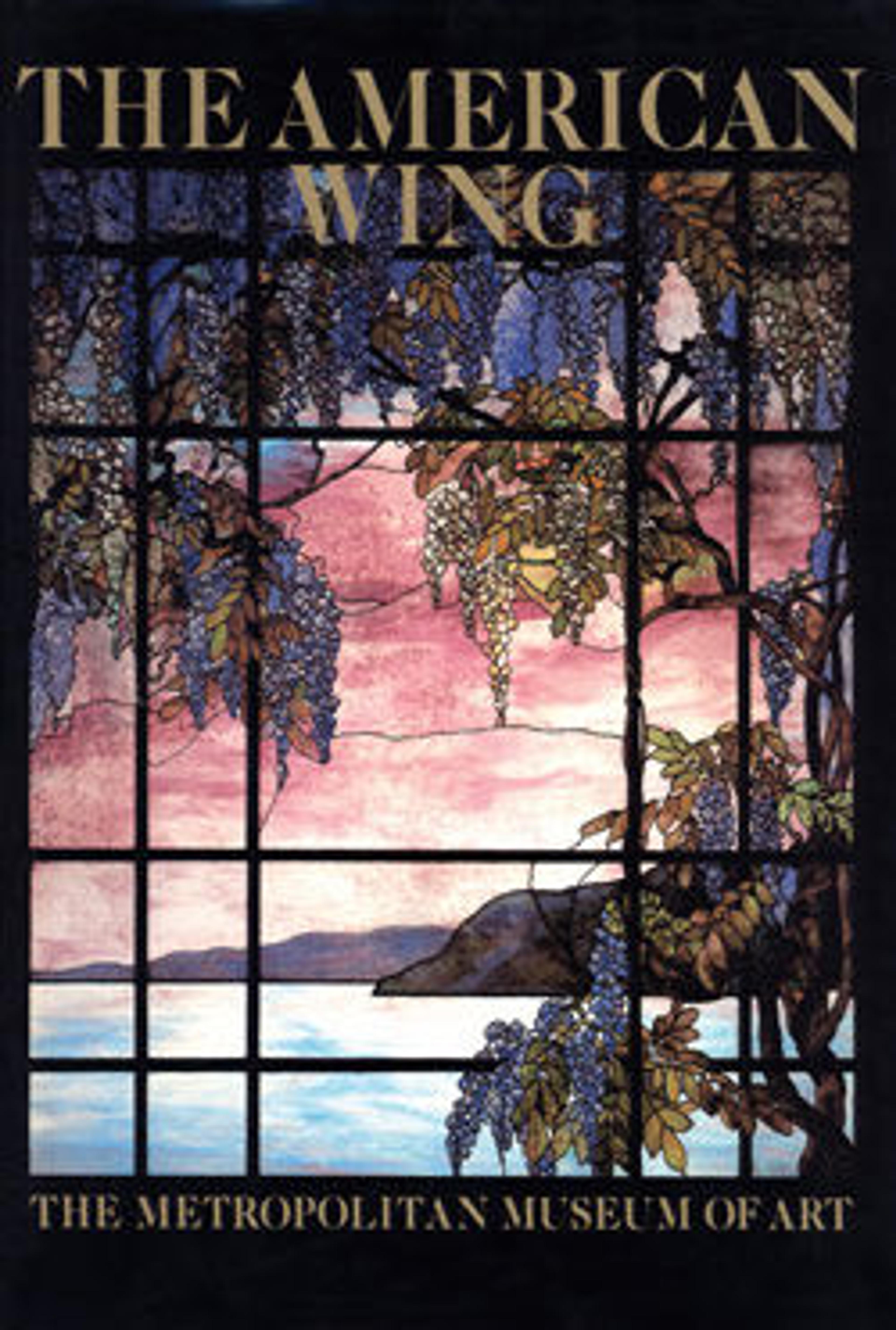Eagle
The surviving body of brightly painted carved birds and animals attributed to the German émigré artist Wilhelm Schimmel represents one of the best known groups of American folk carving. Schimmel arrived about 1860 in Pennsylvania’s Cumberland Valley and found support within the close-knit community of German and Scotch-Irish farmers, who purchased or traded food and lodging for his work. Using a common folding pocket knife, Schimmel carved deep, angular cuts to articulate his eagle, then applied a white primer and common house paints. His student Aaron Mountz would continue this carving tradition into the early twentieth century.
Artwork Details
- Title: Eagle
- Maker: Wilhelm Schimmel (1817–1890)
- Date: 1865–90
- Geography: Made in Cumberland County, Pennsylvania, United States
- Culture: American
- Medium: White pine, painted
- Dimensions: 12 x 19 1/4 in. (30.48 x 48.9 cm)
- Credit Line: Gift of Mrs. Robert W. de Forest, 1933
- Object Number: 34.100.169
- Curatorial Department: The American Wing
More Artwork
Research Resources
The Met provides unparalleled resources for research and welcomes an international community of students and scholars. The Met's Open Access API is where creators and researchers can connect to the The Met collection. Open Access data and public domain images are available for unrestricted commercial and noncommercial use without permission or fee.
To request images under copyright and other restrictions, please use this Image Request form.
Feedback
We continue to research and examine historical and cultural context for objects in The Met collection. If you have comments or questions about this object record, please contact us using the form below. The Museum looks forward to receiving your comments.
